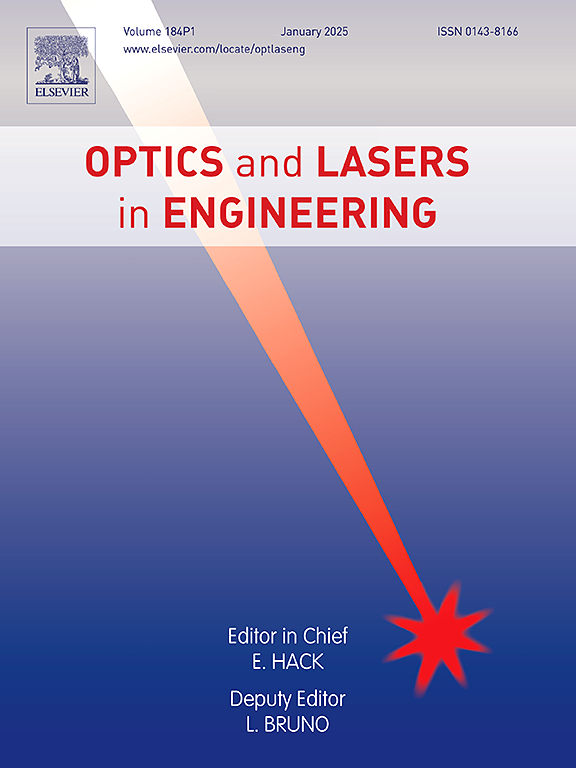Early prognosis and feasible panacea for cervical cancer through math and optics
IF 3.5
2区 工程技术
Q2 OPTICS
引用次数: 0
Abstract
Tissue polarimetry is a quick, non-invasive, and inexpensive optical method that shows tremendous potential for enhancing the efficacy of traditional cancer diagnosis and staging. A comparison was made between eight derived polarization properties for benign (polyp) and malignant [non-differentiated squamous cell carcinoma (SCC), poorly differentiated (SCC), moderately differentiated (SCC) and chronic cervicitis] in 103 patients. Malignant cells exhibit a higher retardance and degree of polarization (DOP) than benign cells, although benign cells exhibit more total and linear depolarization. In patients with ovarian cancer, the association of CA 125 with creatinine serves as a prognostic factor. Fourier transform infrared spectroscopy shows that malignant tissues have a higher optical transmittance than benign tissues. Our hematological data demonstrates that the anti-microbial properties of moringa leaf extract make it a viable treatment for cervical cancer. The final and most difficult objective, tissue polarimetric setup for in vivo diagnostics, is achieved by all of the previously described experimental methods when they reach a pre-clinical trial.
求助全文
约1分钟内获得全文
求助全文
来源期刊

Optics and Lasers in Engineering
工程技术-光学
CiteScore
8.90
自引率
8.70%
发文量
384
审稿时长
42 days
期刊介绍:
Optics and Lasers in Engineering aims at providing an international forum for the interchange of information on the development of optical techniques and laser technology in engineering. Emphasis is placed on contributions targeted at the practical use of methods and devices, the development and enhancement of solutions and new theoretical concepts for experimental methods.
Optics and Lasers in Engineering reflects the main areas in which optical methods are being used and developed for an engineering environment. Manuscripts should offer clear evidence of novelty and significance. Papers focusing on parameter optimization or computational issues are not suitable. Similarly, papers focussed on an application rather than the optical method fall outside the journal''s scope. The scope of the journal is defined to include the following:
-Optical Metrology-
Optical Methods for 3D visualization and virtual engineering-
Optical Techniques for Microsystems-
Imaging, Microscopy and Adaptive Optics-
Computational Imaging-
Laser methods in manufacturing-
Integrated optical and photonic sensors-
Optics and Photonics in Life Science-
Hyperspectral and spectroscopic methods-
Infrared and Terahertz techniques
 求助内容:
求助内容: 应助结果提醒方式:
应助结果提醒方式:


